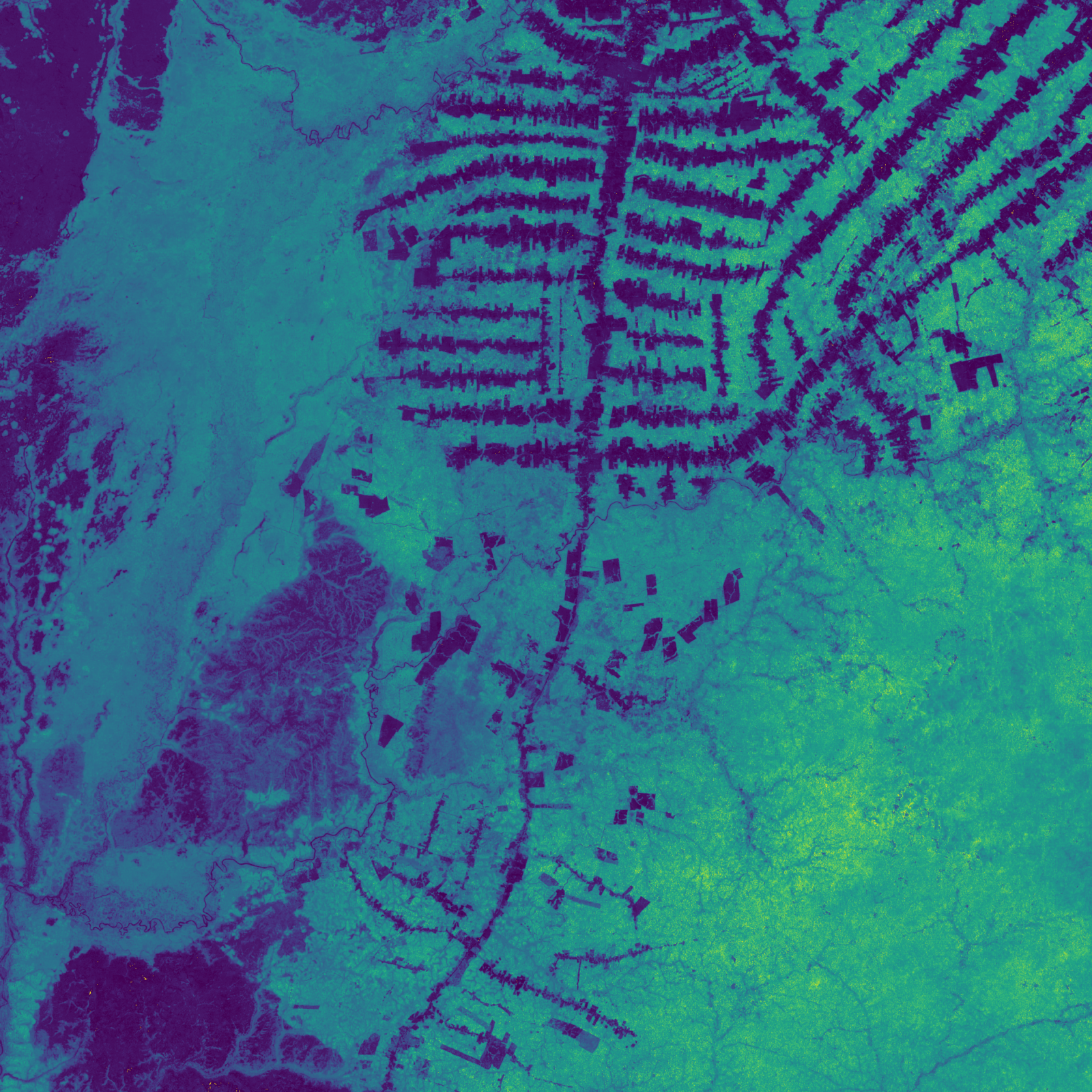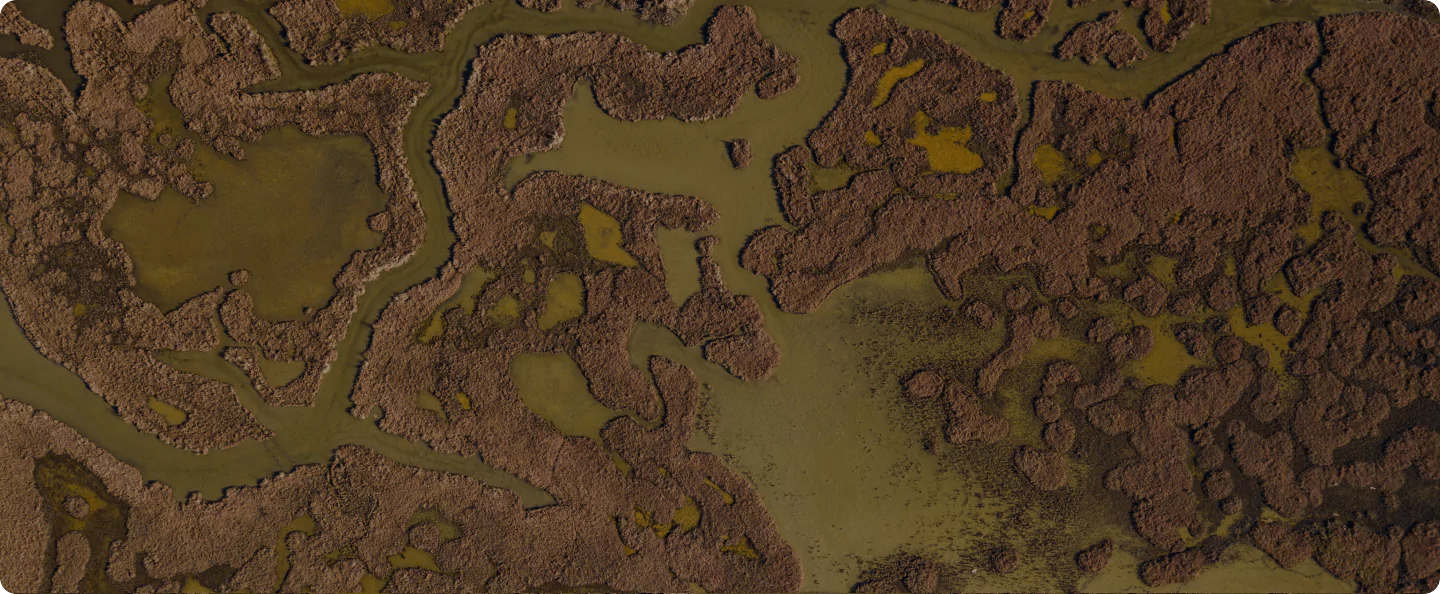2024 Carbon Market Trends
Pachama experts break down yet another momentous year in carbon markets including shifts in policy, guidance, science and tech.

Pachama experts break down yet another momentous year in carbon markets including shifts in policy, guidance, science and tech.


Our experts harness the latest in geospatial data and artificial intelligence to bring integrity to the carbon market. Learn more about the Pachama team, science, and latest technical releases.

Chat with our experts to design a portfolio that meets your needs
Stay updated with Pachama’s news and guides, zero spam, promise.
Talk to Gaia, Pachama's AI
guide for anything